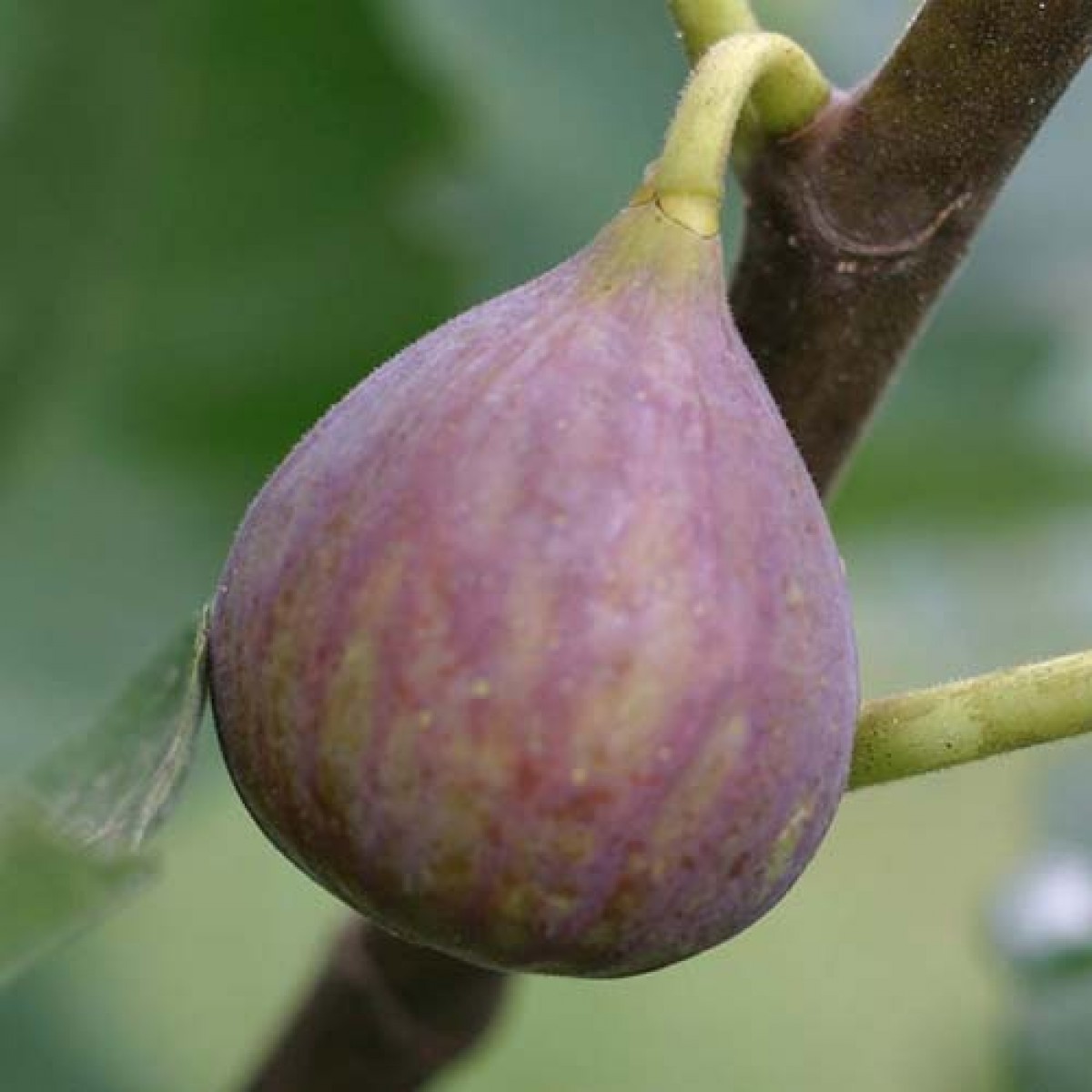

#Celeste fig full#
The trees like full sun and loamy, well drained, neutral soil. They should not be pruned heavily, as this can reduce fruit production. They have a compact growth pattern, usually reaching a mature height and spread of 7 to 10 feet (2-3 m.). Celeste figs are both heat and cold tolerant. When ripens in July, it is a 'closed eye' that helps resist insects entering the fruit and spoilage.
#Celeste fig how to#
How to Grow Celeste FigsĬeleste fig tree care is relatively low maintenance, as long as you provide good winter protection. The outside skin is purplish-bronze to light brown and the flesh is rose-colored. (Some others rate them only down to zone 7.) In these colder zones, lots of care should be taken for winter protection.Ĭeleste figs are resistant to many pests and diseases, and they are self-fertile, which means only a single tree is needed for fruit production.

The trees are very cold hardy for fig trees, with some sellers describing them as hardy down to zone 6. The fruits are “closed eye,” which greatly discourages dried fruit beetles and fruit rots. This fig is also a good processing fruit and is frequently used for both preserves and drying. In fact, it is also referred to as “sugar fig” on account of its sweetness. Having a teardrop shape allows it to shed water easily, it rarely if ever splits, it has a skin that acts like a waterproof jacket and Celeste has a high enough brix content to usually avoid fermentation and spoilage. it's easily one of the most humid climate-tolerant figs in existence. The flesh is very sweet, and it’s popular eaten fresh as a dessert fruit. Introduction So why do we even care about the Celeste fig variety What makes it so special Well. What is a Celeste fig? The Celeste fig tree produces fruit that is medium in size and has light brown to purple skin and bright pink flesh. Keep reading to learn more about Celeste fig tree care and tips for growing Celeste figs in the garden. One very popular type is the Celeste fig ( Ficus carica ‘Celeste’). There are plenty of fig varieties on the market, and it’s important to find the one that suits you best. The Celeste Fig tree, sometimes called Celestial or Sugar fig, is known for producing delicious, sweet fruit with rose colored to violet skin. 30 larger than Celeste, which is LSU’s best fig (per Robichaux). This is a very impressive new type of Celeste tree. Celeste figs are also ideal for processing and can be dried, frozen, or used to make preserves. It did hang onto its very first three figs the summer of (2012), and they appear to be at least one third larger than the standard Celeste fig fruit. Sliced Celeste fig can be used raw in salads or simply enjoyed fresh and whole as a snacking fruit. It tolerates heavy pruning so you can easily sculpt your Celeste into the shape and size you desire. This dwarf fig tree often looks more like a shrub than a tree. That’s why having your own fig tree, if you can do it, is so valuable. Celeste figs can be used to make savory or sweet flatbreads and tarts. Celeste figs are purple-bronze with a smooth pink flesh that is speckled with tiny seeds. Figs are a wonderful and unique fruit, and they don’t come cheap (or fresh, usually) in the supermarket.


 0 kommentar(er)
0 kommentar(er)
